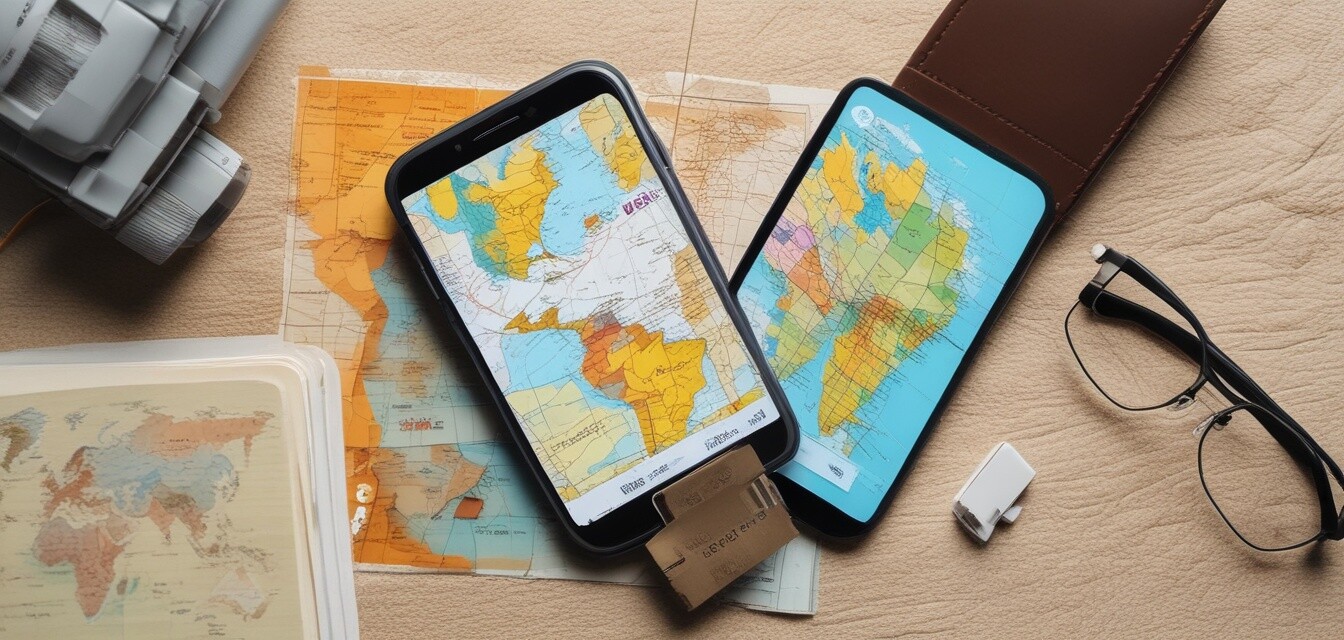
How to Customize Your Travel SIM Card Experience
Key Takeaways
- Understand your travel needs to select the best SIM options.
- Personalize your SIM card plan for data, talk, and text based on your destination.
- Employ tools like SIM card adapters and organizers to make travel seamless.
- Explore the benefits of dual SIM phones for added flexibility.
- Stay connected without hiccups through proper planning and preparation.
Traveling can be exciting, but staying connected is essential during your adventures. Customizing your travel SIM card experience can help you manage service levels, save money, and ensure seamless connectivity. In this guide, we'll explore tips for personalizing your SIM card setup based on your specific travel needs.
Understanding Your Travel Needs
The first step in customizing your travel SIM card experience is to understand your travel needs. Here are a few factors to consider:
| Factor | Description |
|---|---|
| Destinations | Research whether your chosen destination has reliable mobile networks and coverage. |
| Duration | Consider the length of your trip and how much service you will require. |
| Usage | Determine if you will primarily use data, SMS, or calls. |
Selecting the Right SIM Card
Once you identify your travel needs, the next step is selecting the right SIM card. Here are common options:
- Local SIM cards: Best for extended stays, offering local rates.
- International SIM cards: Convenient for multiple countries, but check pricing.
- Roaming plans: Useful if you want to keep your existing number.
For more insight on different types of SIM cards, visit our Buying Guides.
Personalizing Your Plan
Now that you have your SIM card, it’s time to personalize your plan. Here are some tips:
| Service Type | Customization Options |
|---|---|
| Data | Choose a plan with sufficient data based on your expected usage. |
| Talk | Select a plan that allows for the number of calls you'll need to make. |
| Text | Make sure your plan includes international texting options if necessary. |
Utilizing Accessories for SIM Card Management
Using accessories can help you manage your SIM cards better while traveling. Consider these tools:
- SIM card adapters: Useful for fitting different SIM sizes in your phone.
- SIM card cases: Protect your cards and keep them organized.
- SIM card organizers: Ensure easy access to all your cards during your travels.
Learn more about useful accessories by checking out our SIM Card Adapters page.
The Advantage of Dual SIM Phones
If you frequently travel or want to have multiple service options, consider a dual SIM phone. Here are the advantages:
- Ability to use two different carriers for local and international coverage.
- Flexibility in switching between multiple plans based on usage or expenses.
- Reduced roaming charges when using a local SIM card.
For a complete list of dual SIM devices, visit our Dual SIM Phones category.
Final Thoughts
Customizing your travel SIM card experience enables you to stay connected without the financial burden of international roaming charges. By understanding your travel needs, selecting the right SIM card, personalizing your plan, and utilizing accessories, you can enjoy a seamless travel experience.
Get Started Today!
Don't let connectivity issues ruin your travels. Start planning your travel SIM card experience now to ensure you stay connected wherever your journey takes you.
Tips for Beginners
- Research service providers in your destination area ahead of time.
- Consider combinations of data, calling, and texting based on your planned activities.
- Test your SIM card before your trip to ensure it works properly.
- Keep your original SIM card safe while using a new one.
Pros
- Cost-effective solutions based on your needs.
- Seamless connectivity across borders.
- Flexibility in managing multiple numbers.
Cons
- Some local SIM cards may have limited data speeds.
- May require upfront research and planning.
- Not all phones support multiple SIM cards.